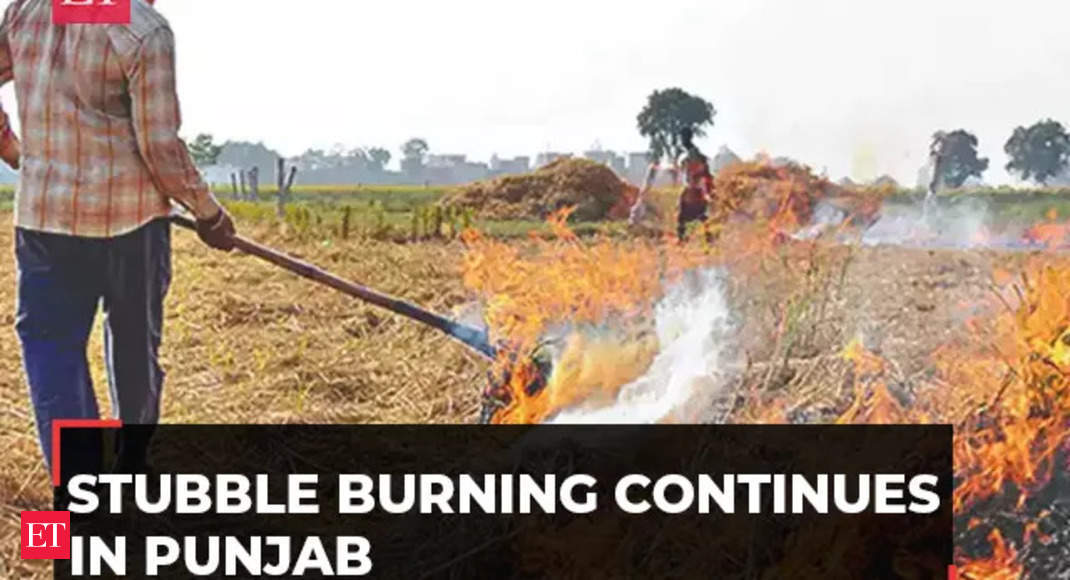Air pollution in Delhi reaches hazardous levels every year during the winter season, and stubble burning in nearby Punjab contributes significantly to this problem. Despite efforts by the government and various organizations to control and mitigate stubble burning, the practice continues unabated in Punjab.
Stubble burning is the process of setting fire to the leftover crop residue after harvesting. This agricultural practice is prevalent in Punjab and other states in Northern India. The main reason behind stubble burning is the easy and cost-effective clearance of fields for the next sowing season. Farmers burn the leftover stubble as a quick way to prepare their fields for the next round of cultivation.
However, this practice comes at a great cost to public health and the environment. The burning of crop residues releases a large amount of harmful pollutants into the air, including particulate matter, carbon dioxide, sulfur dioxide, nitrogen dioxide, and volatile organic compounds. These pollutants contribute to the smog and haze that blankets Delhi and other cities in the region during winter.
The impact of stubble burning on air quality is significant. The fine particulate matter released during burning, known as PM2.5, is extremely hazardous to human health. It can penetrate deep into the lungs and enter the bloodstream, leading to respiratory and cardiovascular problems. Children, the elderly, and individuals with pre-existing respiratory conditions are particularly vulnerable.
In addition to the health risks, stubble burning also results in environmental pollution. The toxic gases and particles released during burning contribute to climate change and harm the ecosystem. The increase in air pollution has adverse effects on agriculture as well, reducing crop yields and affecting soil fertility.
To address this issue, the government has introduced several measures to discourage stubble burning and provide alternatives to farmers. These include the distribution of subsidized machinery for crop residue management, financial incentives, and awareness campaigns. However, the success of these initiatives has been limited, and stubble burning continues to be a persistent problem.
The situation demands urgent action and coordination between the central and state governments, as well as the active involvement of farmers. Strict enforcement of existing regulations and policies is necessary, along with the implementation of innovative solutions such as the conversion of crop residues into biofuels or organic fertilizers.
In conclusion, stubble burning in Punjab continues unabated, exacerbating air pollution in Delhi. This harmful practice not only jeopardizes public health but also has detrimental effects on the environment and agriculture. It is crucial for all stakeholders to come together and find sustainable solutions to eliminate stubble burning and improve air quality in the region.











